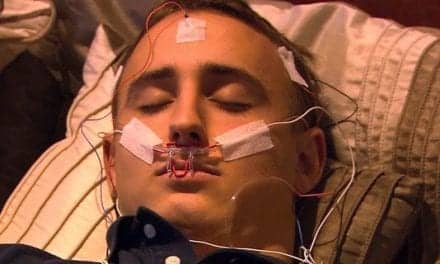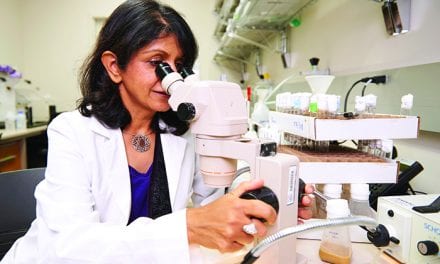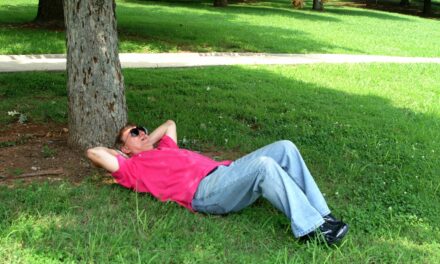
Franklin A. Holman
The American Academy of Sleep Medicine (AASM) is making decisions geared to change the future of sleep medicine. The academy plans to push for new reimbursement codes by creating patient registries, and it has introduced a new technologist credential. The AASM is working to explain the necessity of these objectives, but it will need the support of stakeholders for successful implementation.
Patient registries would allow sleep medicine professionals to track the outcomes of treatment decisions. These records would provide research data and information that would help payors make coverage decisions, as Patrick Strollo, Jr, MD, FCCP, FAASM, past president of the AASM, explained at SLEEP 2011. Patient registries could also provide a basis for evaluating competencies in the certification process. While obtaining the data needed to help secure coverage decisions is still in the planning stage, some members are already torn on the plan.
“I understand, scientifically, it is useful to have this large database. It would benefit researchers who could go to NIH and apply for money for grants, but for others, it is an extra burden,” said Franklin Douglis, MD, owner of Ear Nose Throat Allergy Snoring Center. “A mandatory, unpaid reporting requirement would place an unfair burden on the already struggling private sleep labs and practicing physicians.”
Strollo concedes that additional data collection requires more work. But he cautions, “If we do not demonstrate that there is value added of the sleep physician/sleep center related to health outcomes and cost-effective care, the field will be in deep trouble. This will be particularly important as reimbursement models change from the existing fee-for-service to outcomes-based accountable care.”
Compensation for reporting would help bring physicians on board, but according to Strollo, “Whether CMS will provide additional compensation for reporting remains to be determined.”
The AASM also needs sleep professionals to be on board with its plans for the new registered sleep technologist credential and exam, which is scheduled to be launched in November. At SLEEP 2011, the AASM and American Board of Sleep Medicine explained that they will work with state societies to promote legislation that recognizes the new credential. Such actions would protect sleep technologists as providers of care in this specialty. Additional justification was offered at SLEEP, but many members are not convinced of the value of the new credential.
According to Carolyn Campo, RRT, RPSGT, director of sleep operations at Novant Healthcare, “The AASM needs to explain the true motivation for the new credential. If you are transparent and forthcoming and explain how it would benefit technologists, they would be more understanding and likely to support the academy. There also needs to be a guarantee that the RPSGT credential will be recognized in the future.”
Ongoing dialogue similar to discussions at SLEEP 2011 will help promote mutual understanding about the new credential. In regard to patient registries, the AASM should keep up its communication and further explain the benefits of the initiative while members keep in mind that health care reform is quickly taking shape. Sleep professionals do not want to get left behind as new approaches to care arise. This is something everyone can agree on.
—Franklin A. Holman
[email protected]





